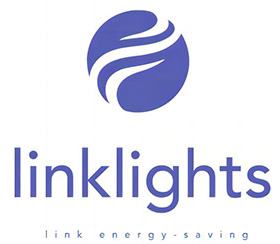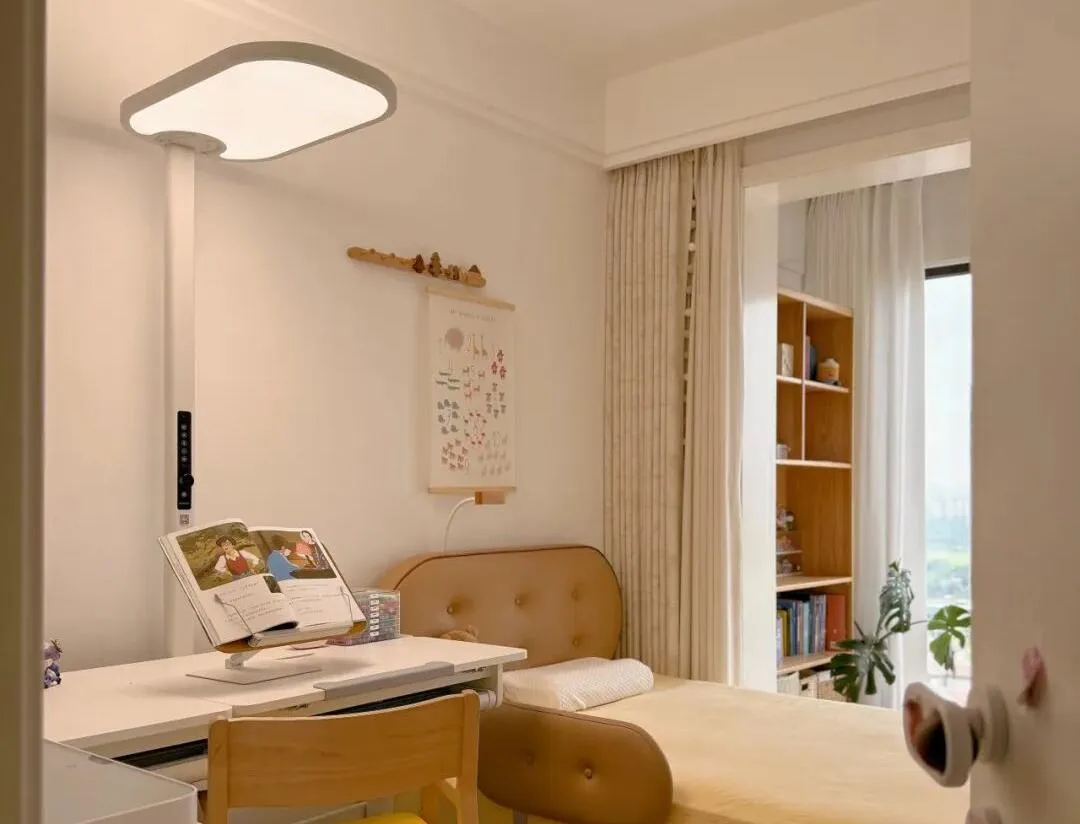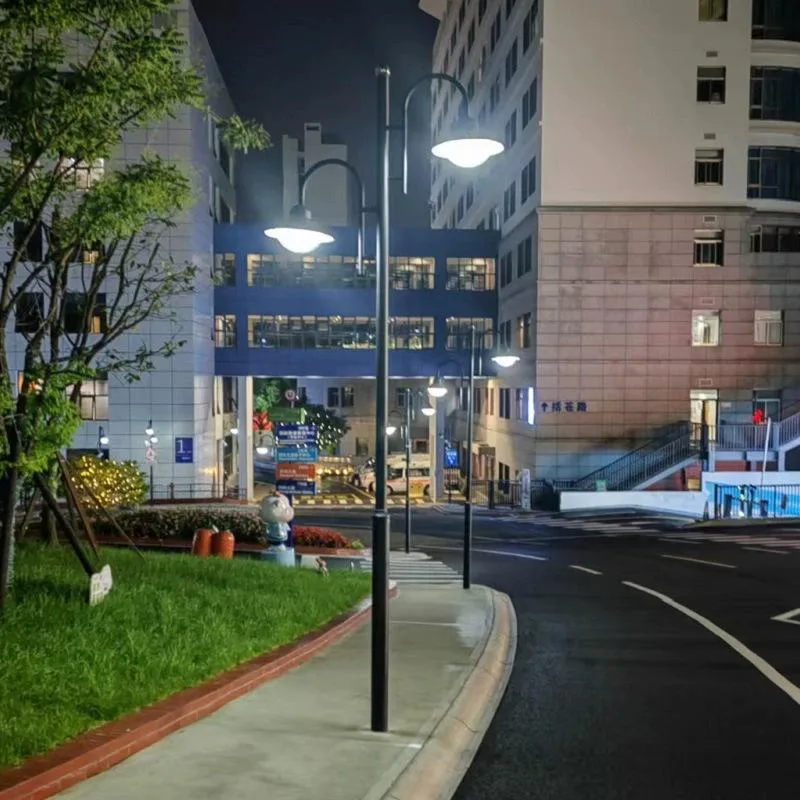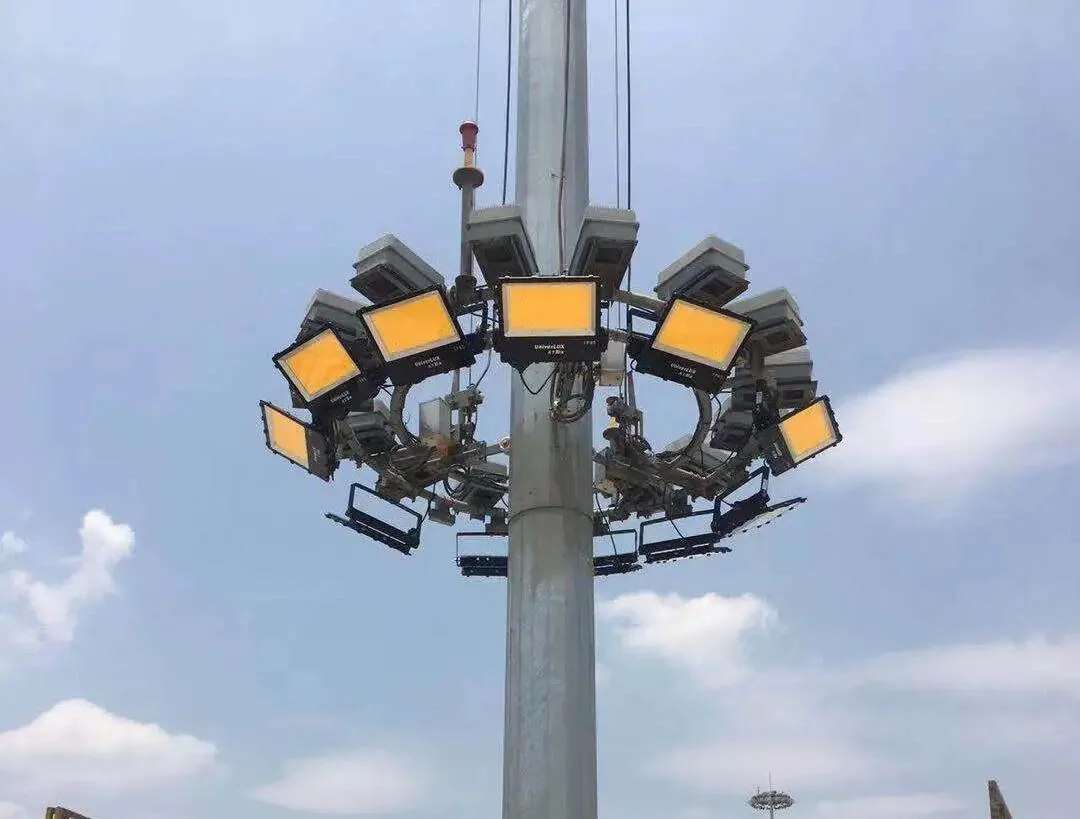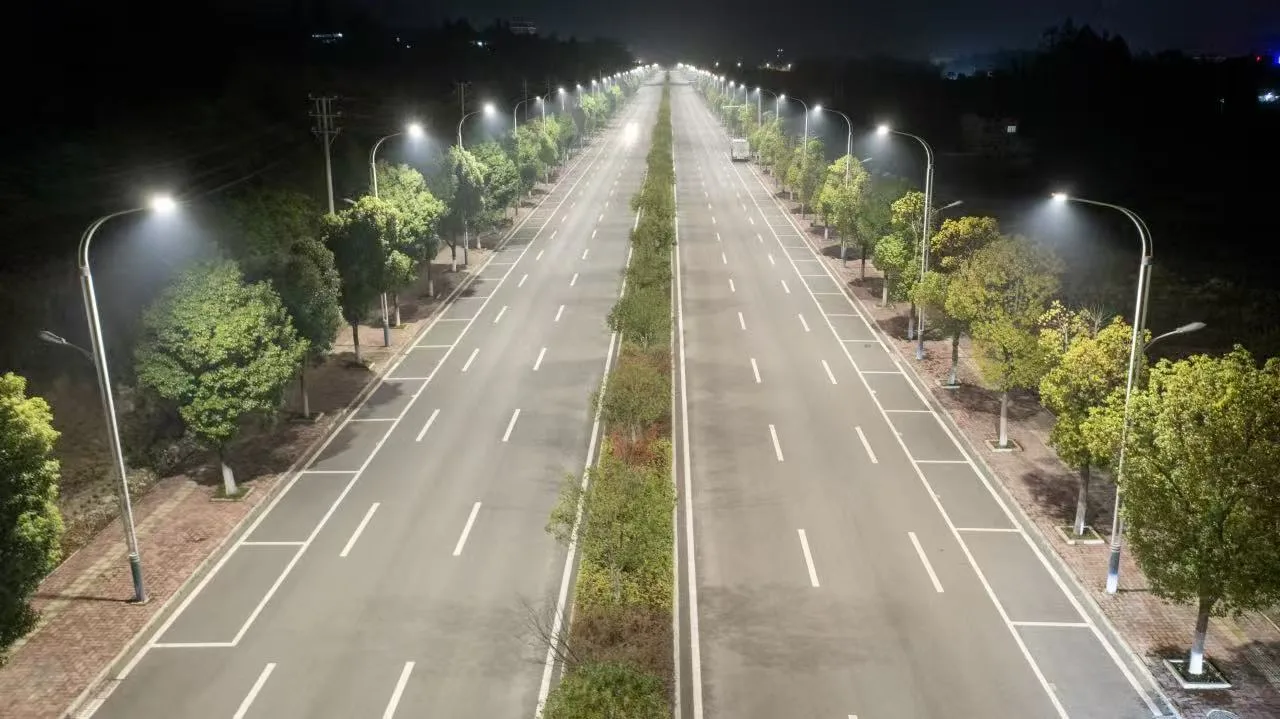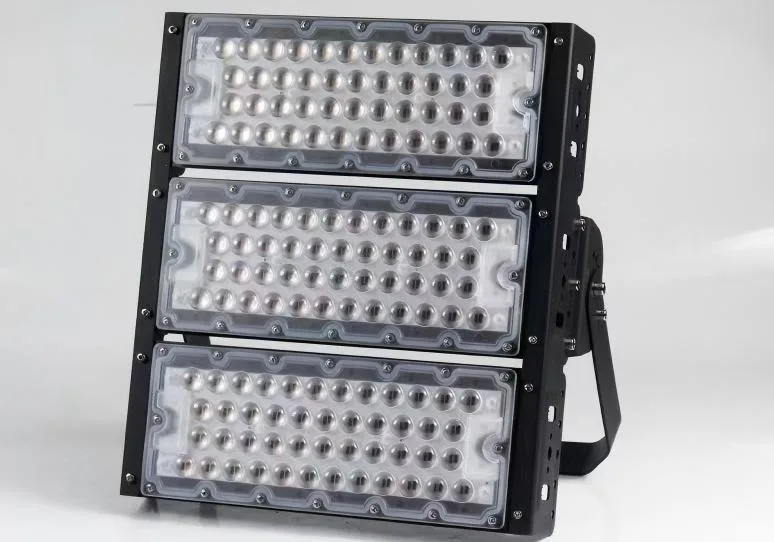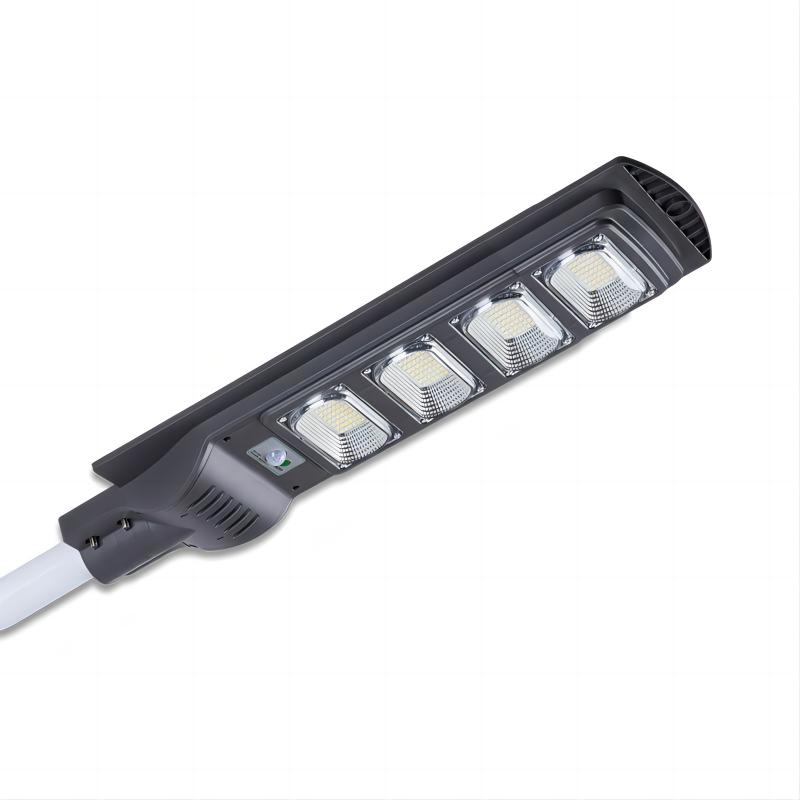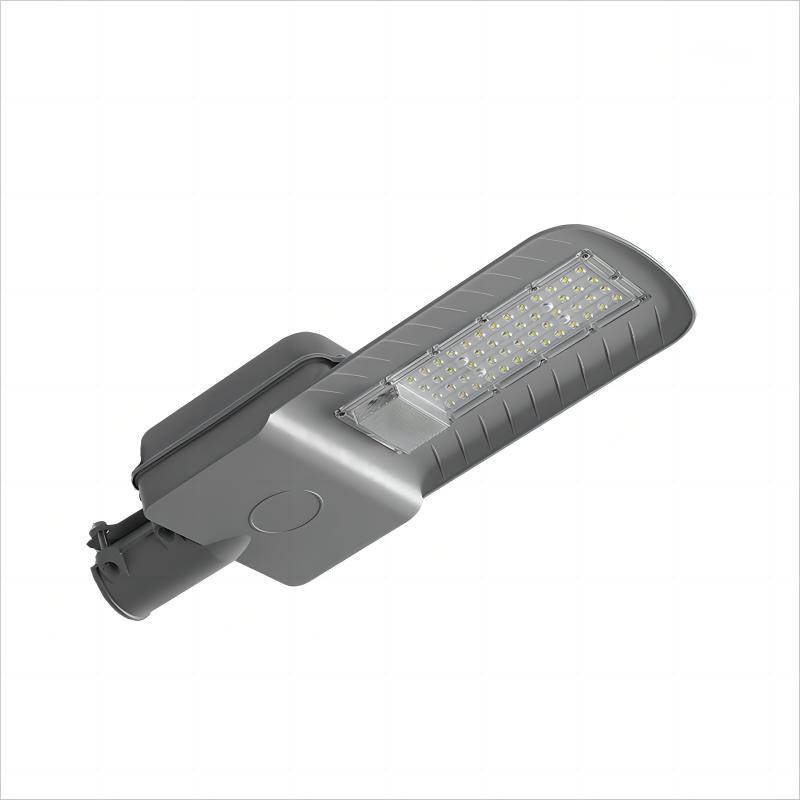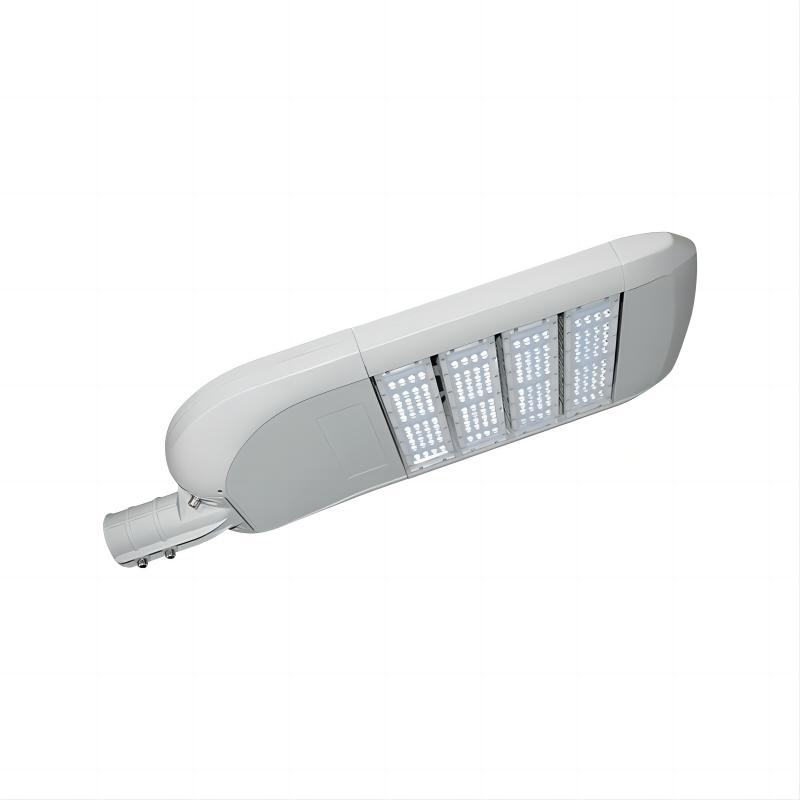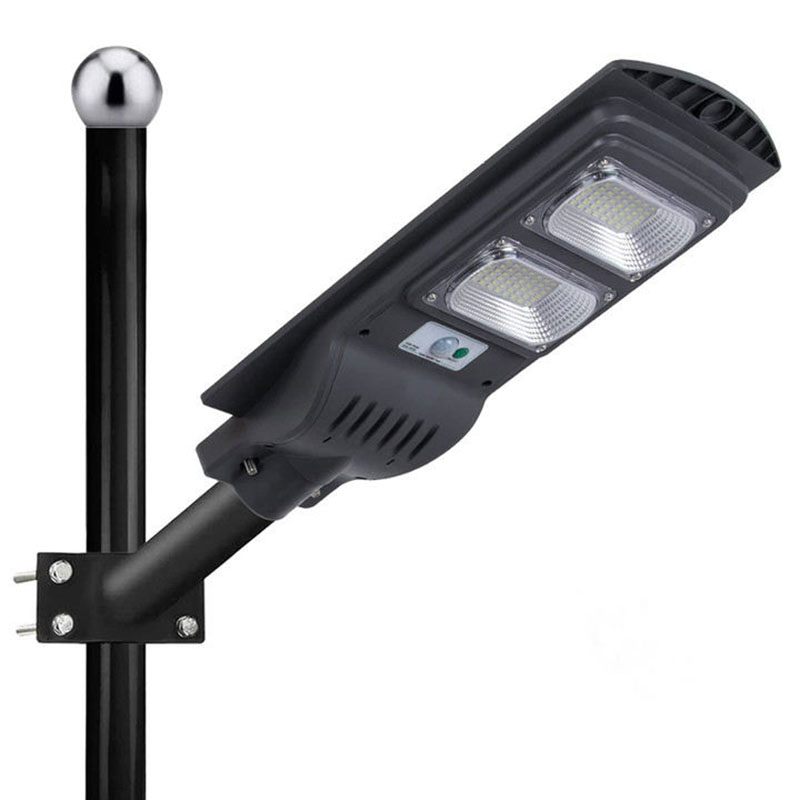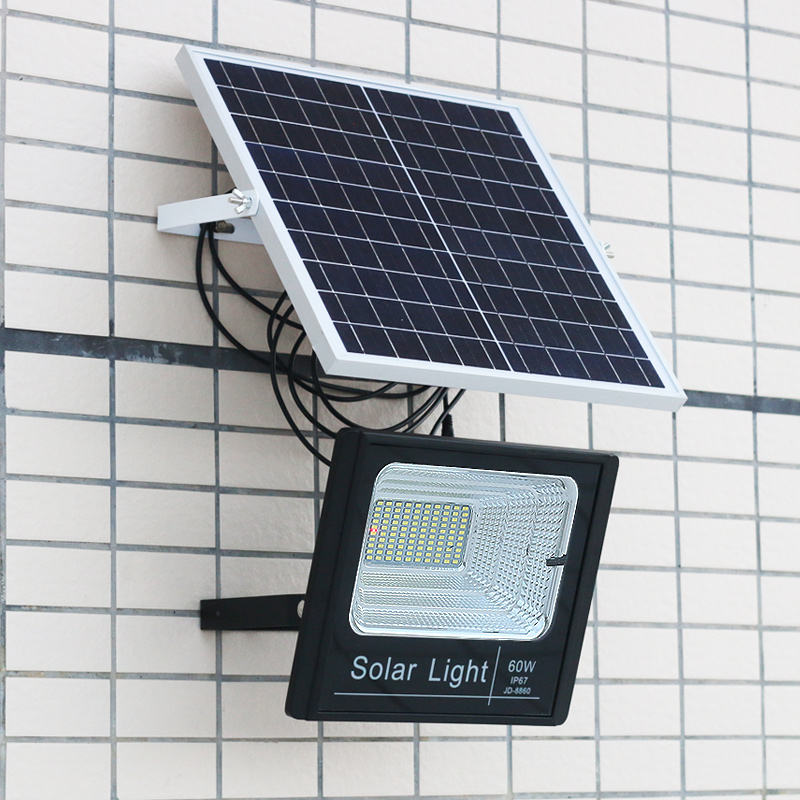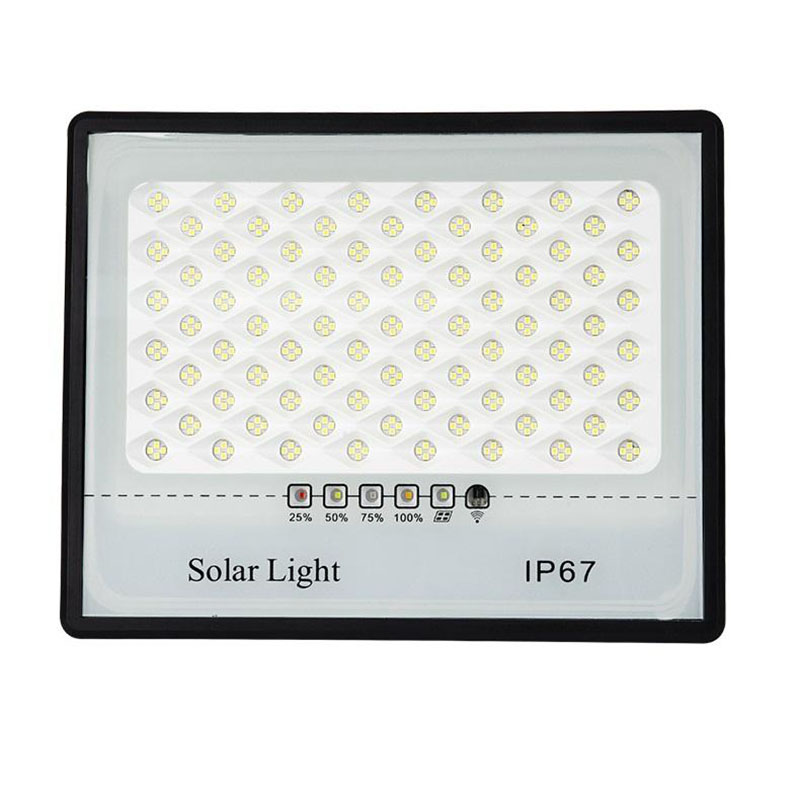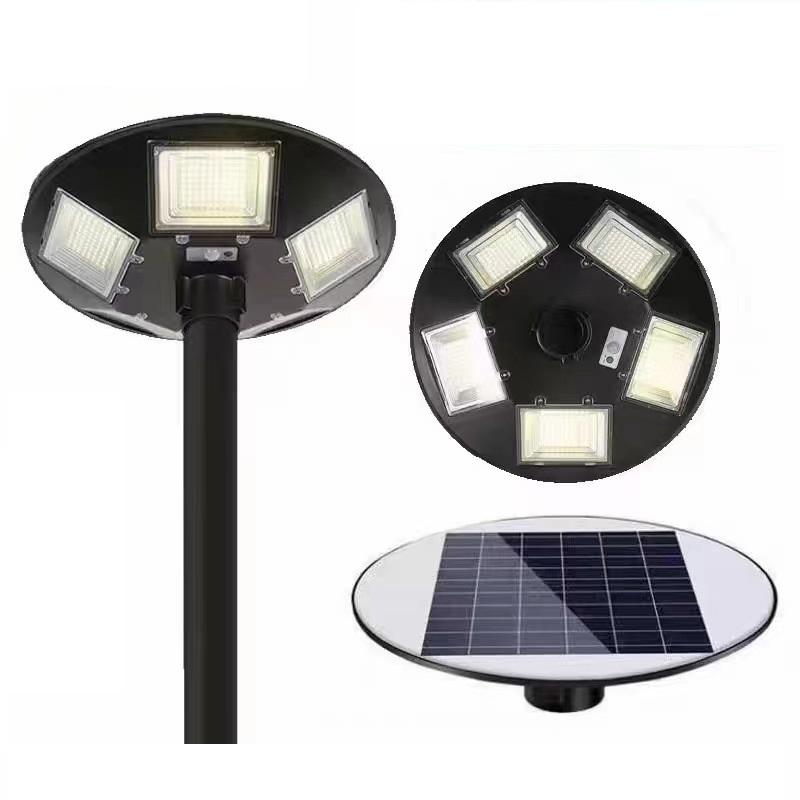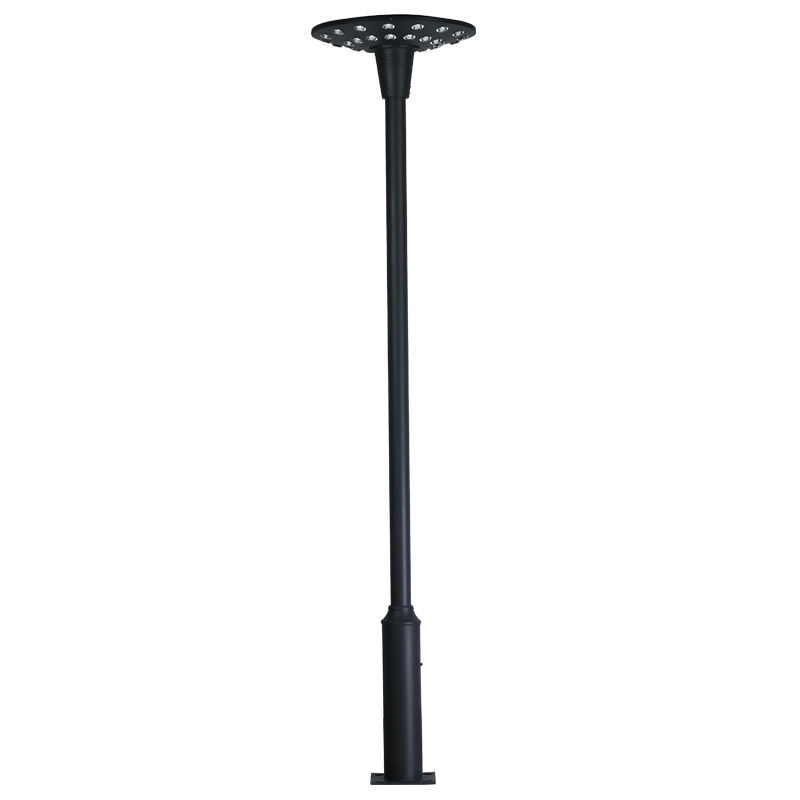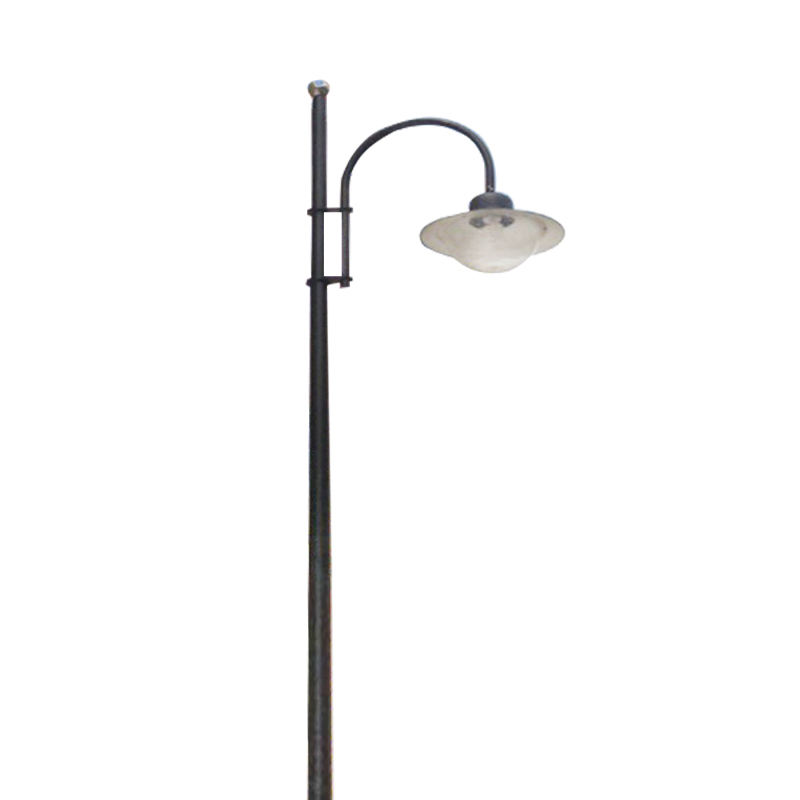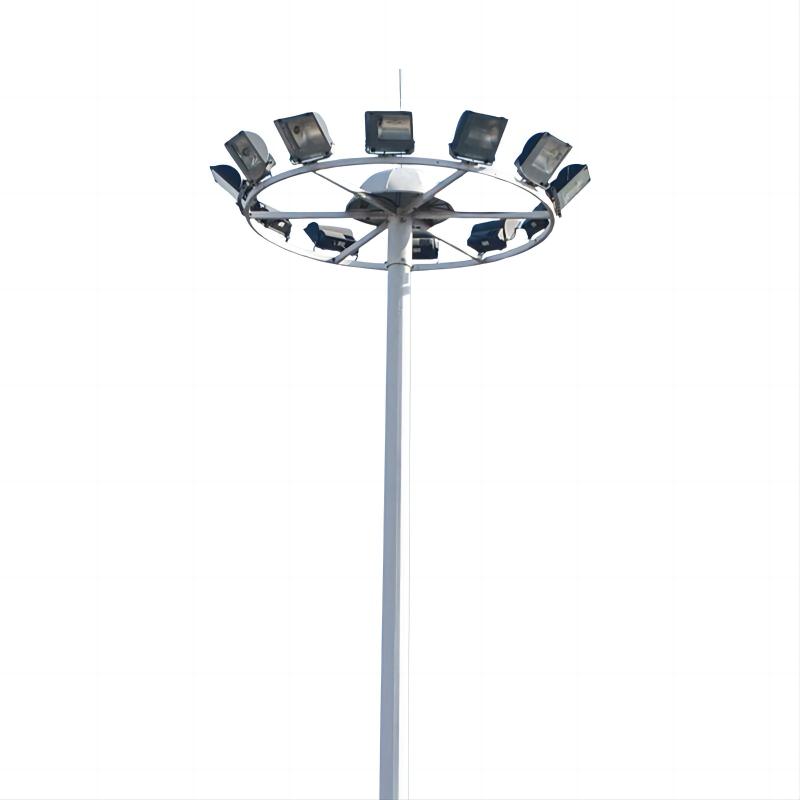Introduction:The Right Light for Every Space
When lighting your home or office, the color of the light matters as much as its brightness. Most stores offer two main options: daylight and soft white bulbs. This guide compares the two, explains how color affects your space, and gives simple tips to help you choose the best led light bulbs. Whether you’re upgrading your office, renovating your home, or replacing led bulbs, it will help you create a space that’s comfortable, bright, and energy-efficient.
Understanding Color Temperature: The Foundation of Light Selection
Before talking about daylight light bulbs vs soft white, it’s important to know what color temperature means.
What does color temperature mean?
In a normal physical setting, when a black body is heated to a certain temperature, it starts to give off a dark light. As the temperature rises, the light turns yellow-white, then white, and finally blue-white. The color of the light a black body gives off at a certain temperature is called its color temperature. It is usually measured in Kelvin (K).

What Is Kelvin, and Why Does It Matter?
Kelvin tells us how “warm” or “cool” a light looks. Lower Kelvin values (like 1700 K to 3000 K) give warm, yellow or orange light, while higher values (5000 K and above) give cool, white or blue-white light. This matters because the color temperature affects how a space feels and how objects appear.
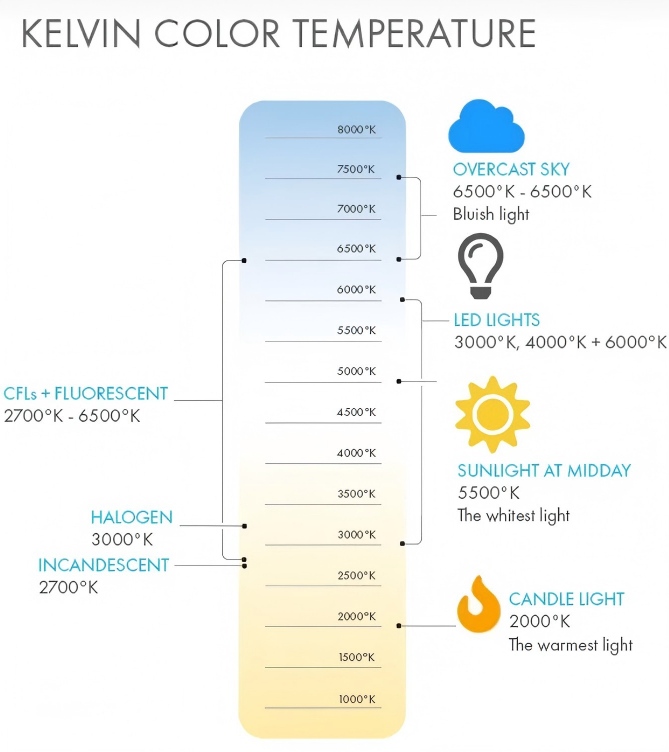
Common color temperature examples:
1700 K — Match light
2800 K — Tungsten (incandescent) lamp
3000 K — Halogen and warm fluorescent lamp
4100 K — Moonlight, neutral fluorescent lamp
5500 K — Average daylight, camera flash
6500 K — Cool white fluorescent lamp
9300 K — TV screen (analog)
The Three Primary Color Temperature Ranges for LEDs
In the market, light is usually divided into three types by color temperature: Soft White light, Cool White light, and Daylight.
Soft white light color (2700K–3000K): The color temperature is between 2700K and 3000K, showing a warmer light color, similar to warm yellow light. It is suitable for use in homes, restaurants, bedrooms, and other scenes that need to create a warm atmosphere.
Cool white light color (3500K–4500K): The color temperature is between 3500K and 4500K, showing a relatively neutral white light color, similar to natural daylight. It is suitable for use in offices, commercial spaces, Xi study areas, and other scenarios that require improved visual comfort and concentration.
Daylight light color (5000K–6500K): The color temperature is between 5000K and 6500K, showing a cooler light color, similar to white light. It is suitable for use in medical institutions, laboratories, factory floors, and other scenarios that require improved brightness and clarity.
This guide looks at the two most common types: soft white and daylight LEDs. When you know their special qualities, you can turn any room from dull to beautiful.
What Is Soft White LED Lighting? Key Features and Benefits
Soft white led lights (2700K–3000K) give a warm, yellow glow like old-style light bulbs. Many people love them because they make a room feel calm, cozy, and welcoming—like a warm hug for your space.
Key Characteristics of soft white led
Color Look: Color of soft white bulbs is warm and yellow. It softens shadows and makes a room feel cozy. Unlike strong cool light, soft white does not make colors look dull. It makes warm colors like red, orange, and wood look richer.
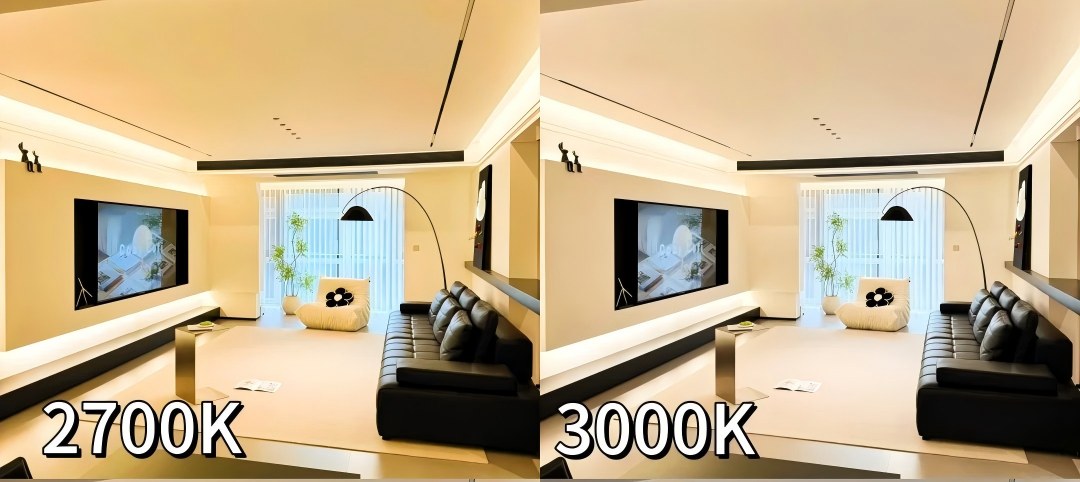
Brightness Feel: soft white led bulbs can be very bright, but the warm color makes the light feel softer and less harsh. For example, a 1000-lumen soft white bulb feels dimmer than a 1000-lumen daylight bulb.
Energy Use: Like other LED bulbs, led light bulbs soft white use about 75% less energy than old bulbs and last up to 25 times longer. A 12-watt soft white LED gives the same light as a 100-watt old bulb, helping you save money on power bills.
Benefits of soft white lighting
Helps You Relax: The warm light from led soft white light bulbs helps your body make melatonin, a hormone that helps you calm down. This makes soft white light great for places where you want to relax, like living rooms and bedrooms.
Easy on the Eyes: Soft white light is gentle and does not cause glare or tired eyes, even when used for a long time. It’s perfect for reading before bed or watching TV.
Makes Warm Colors Look Better: If your room has warm tones, wooden furniture, or classic decor, soft white light makes these details stand out. For example, a 60 watt soft white light bulbs over a wooden dining table shows the wood grain clearly and creates a warm, cozy feeling.
Feels Familiar: Soft white LEDs look like old incandescent bulbs. If you like the warm glow of old bulbs but want to save energy, soft white is a perfect choice.
Common Myths About Soft White LEDs
Myth: Soft white bulbs are too dim for big rooms.
Fact: led bulbs soft white also come in high-brightness options (up to 2000 lumens). They can light up large living rooms or open spaces. The key is to choose the right lumen level for the room size.
Myth: Soft white light makes rooms look small.
Fact: Cool light can make spaces feel bigger, but soft white light adds depth and warmth. In small bedrooms or reading corners, it can make the space feel cozy and welcoming—not crowded.
What Is Daylight LED Lighting? Key Features and Benefits
Daylight LED lighting (5000K–6500K) gives a bright, clear light like natural sunlight at noon. It’s great for places where you need to stay awake, focus, or see colors clearly. Unlike soft white light, which creates a warm feeling, daylight light is made for function—but it can still look nice in the right room.
Key Characteristics of daylight leds
Color Look: Daylight led lamps give a bright, blue-white light that feels clear and full of energy. They have a high CRI (usually 80 or higher), which means they show colors the way they look in natural sunlight. This is helpful for tasks like putting on makeup, cooking, or doing crafts.
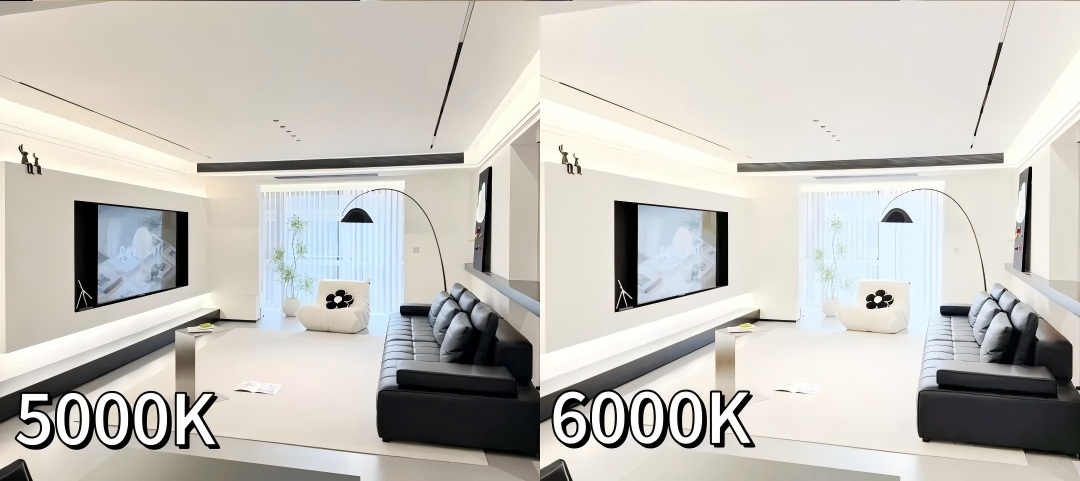
Brightness Feel: Daylight light seems stronger than soft white light, even with the same lumens. A 1000-lumen daylight bulb will light a room more brightly than a 1000-lumen soft white bulb. It makes it easier to see small details.
Energy Use: Like soft white LEDs,led light daylight bulbs save energy. A 15W daylight bulb can replace a 100W old-style bulb, using about 85% less power.
Benefits of Daylight LED Lighting
Boosts Focus and Energy: Daylight light helps your brain stay awake and alert. It increases focus and cuts down on sleepiness. This makes it great for home offices, study areas, and workspaces. A study found that people working in daylight-lit offices are about 15% more productive than those working in warm light.
Improves Visibility: Led light bulbs daylight are bright and clear. They remove shadows and make it easier to see small details. For example, in a kitchen, daylight light helps you tell herbs apart, read recipes, and stay safe while cutting food.
Shows True Colors:Led bulbs daylight have a high CRI, which means colors look real and natural. This is important for things like doing makeup, painting, or sorting laundry.
Feels Like Real Sunlight: In rooms with little or no sunlight—like basements or bathrooms—led daylight light bulbs make the space look brighter and more open. They’re also good for mornings or evenings when natural light is low.
Common Myths About Daylight LEDs
Myth: Daylight white led bulbs are too harsh for homes.
Fact: While daylight light is brighter, it doesn’t have to be harsh. Look for daylight LEDs with diffused lenses or dimmable options to soften the light in living spaces or bedrooms.
Myth: Daylight light disrupts sleep.
Fact: Daylight light can suppress melatonin production, so it’s not ideal for bedrooms at night. However, using led light bulbs daylight white in the morning or afternoon can help regulate your circadian rhythm, leading to better sleep at night.
Led soft white vs daylight: Key Differences to Consider
Now that you understand the basics of daylight and soft white LEDs, let’s compare them side by side. This section looks at the main differences in how they feel, how they work, and how much they cost — helping you choose the best light for each room in a clear and practical way.
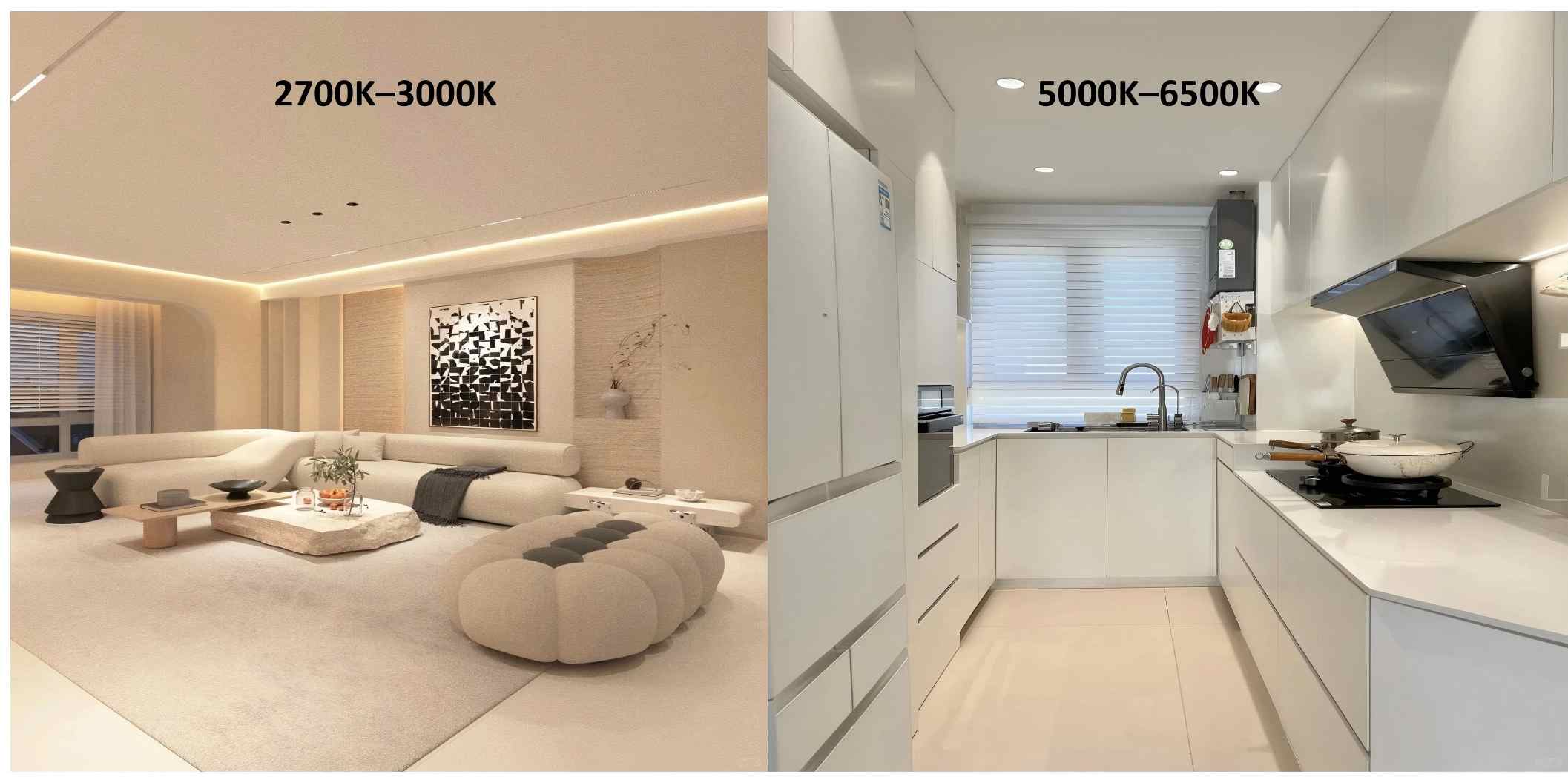
Functionality and Use Cases
| Aspect | Soft White LEDs | Daylight LEDs |
| Best For | Relaxation, unwinding, socializing | Task-oriented activities, focus, clarity |
| Eye Strain Risk | Low (gentle light is easy on eyes for extended use) | Medium (bright light can cause fatigue if used for too long) |
| Circadian Impact | Promotes relaxation (good for evenings) | Boosts alertness (good for mornings/afternoons) |
| Color Accuracy | Moderate (CRI 70-80) | High (CRI 80-90, ideal for color-sensitive tasks) |
Cost Comparison
Upfront Cost: Soft white and daylight LEDs are priced similarly, usually between $5 and $20 per bulb depending on wattage, brand, and dimming features.
Long-Term Cost: Daylight white bulbs may save slightly more on power because they’re a bit more efficient, but the difference is small for most homes. For example, using a 10W daylight LED for 4 hours a day costs about $0.22 per year (at $0.15/kWh), compared to $0.24 for a 10W soft white LED.
Where to Use Soft White LED Lights: Room-by-Room Guide
Soft white LEDs are all about creating a cozy, relaxing atmosphere. Here’s where they work best in your home or office:
Warm white light bulbs for living room
Living room warm white light is ideal for relaxing, socializing, and unwinding—so soft white light is a perfect fit. The warm glow will make your space feel inviting for movie nights, family gatherings, or lazy Sundays.
Tips: Use soft white LEDs in floor lamps, table lamps, and ceiling fixtures. For a layered look, pair a 800-lumen ceiling light with 400-lumen table lamps on side tables. Avoid using daylight LEDs here, as they can make the space feel too bright and sterile.
Soft light bulbs for bedroom
Your bedroom should be a sanctuary for sleep, so soft white light is essential. The warm glow will help you wind down at night and avoid disrupting your circadian rhythm.
Tips: Use dimmable soft white led bulb in ceiling fixtures or pendant lights. Install 200-400 lumen soft white led light bulbs in bedside lamps for reading—bright enough to see the page, but not so bright that it keeps you awake. Avoid daylight LEDs in bedrooms, especially near your bed, as they can suppress melatonin production.
Soft light bulbs for Dining room
Dining rooms are for enjoying meals and spending time with loved ones, so soft white light helps set a (warm) mood. The warm glow will make food look more appetizing and create an intimate atmosphere for dinner parties.
Tips: Use a soft white chandelier bulbs or light bulbs for pendant lights above the dining table. Aim for 600-800 lumens—bright enough to see your food, but not so bright that it harshly illuminates every bite. For a romantic touch, dimmable led can light bulbs so you can lower the brightness during special occasions.
Hallways and Entryways
Hallways and entryways are transition spaces, so soft white light helps create a welcoming first impression. The warm white light will make guests feel at ease and guide them through your home.
Tips: Use 400-600 lumen soft white LEDs in flush-mount ceiling fixtures or wall sconces. For long hallways, space fixtures 6-8 feet apart to ensure even illumination without harsh shadows.
Where to Use led lights daylight: Room-by-Room Guide
Daylight LEDs are ideal for spaces where you need brightness, clarity, and focus. Here’s where they shine:
Daylight bulbs in kitchen
Kitchens are one of the most task-heavy rooms in your home—cooking, chopping, reading recipes—so daylight light is a must. The bright, clear light will help you see fine details and avoid mistakes (like adding too much salt to a dish).
Tips: Use 800-1200 lumen daylight led light in recessed ceiling fixtures or under-cabinet lights. Under-cabinet lights are especially important for countertop tasks, as they eliminate shadows from upper cabinets. For a balanced look, pair daylight under-cabinet lights with soft white pendant lights above the island—this way, you get clarity for cooking and coziness for casual meals.
Daylight bulbs in Bathroom
Bathrooms require bright, accurate lighting for grooming tasks like shaving, applying makeup, or styling hair. Daylight LEDs with a high CRI will show colors true to life, so you won’t leave the house with mismatched foundation or smudged eyeliner.
Tips: Use 800-1000 lumen daylight LEDs in vanity lights or recessed fixtures. Install vanity lights on both sides of the mirror (not just above) to avoid casting shadows on your face. For shower areas, choose waterproof daylight LEDs with an IP65 rating to withstand moisture.
Home Offices and Studies
If you work from home or study, daylight LEDs will help you stay focused and productive. The bright light reduces eye strain and keeps you alert, even during long work sessions.
Tips: Use 1000-1500 lumen daylight LEDs in desk lamps or overhead fixtures. Position your desk lamp so the light hits your workspace from the side (not directly in front of your computer screen) to avoid glare. For video calls, daylight light will make you look more awake and professional.
Garages and Workshops
Garages and workshops are for DIY projects, fixing cars, or storing tools—tasks that require high visibility. daylight led light bulbs will help you see small parts, read instructions, and avoid accidents.
Tips: Use 1500-2000 lumen daylight lamps in overhead fixtures or shop lights. Look for LEDs with a wide beam angle (120° or more) to cover large areas. For workbenches, add a 800-lumen daylight task light to focus on detailed projects.
How to Choose the Right LED Light for Your Space: Step-by-Step Guide
Choosing between soft white and daylight LEDs doesn’t have to be overwhelming. Follow these steps to make the right decision for every room:
Step 1: Define the Room’s Purpose
Ask yourself: What do you use this room for?
Relaxation: If the room is for unwinding (like a bedroom or living room), choose led soft white bulbs.
Tasks: If the room is for cooking, working, or grooming (like a kitchen or home office), choose light bulbs led daylight.
Both: If the room serves multiple purposes (like a kitchen or living room), mix soft white and daylight LEDs.
Step 2: Consider the Room’s Color Scheme
The color of your walls, furniture, and decor will influence how light looks in the space:
Warm Tones: If your room has earthy colors (beige, brown, red) or wooden furniture, led soft white will enhance these tones.
Cool Tones: If your room has modern, cool colors (blue, gray, white) or stainless steel appliances, light bulb daylight will make these colors pop.
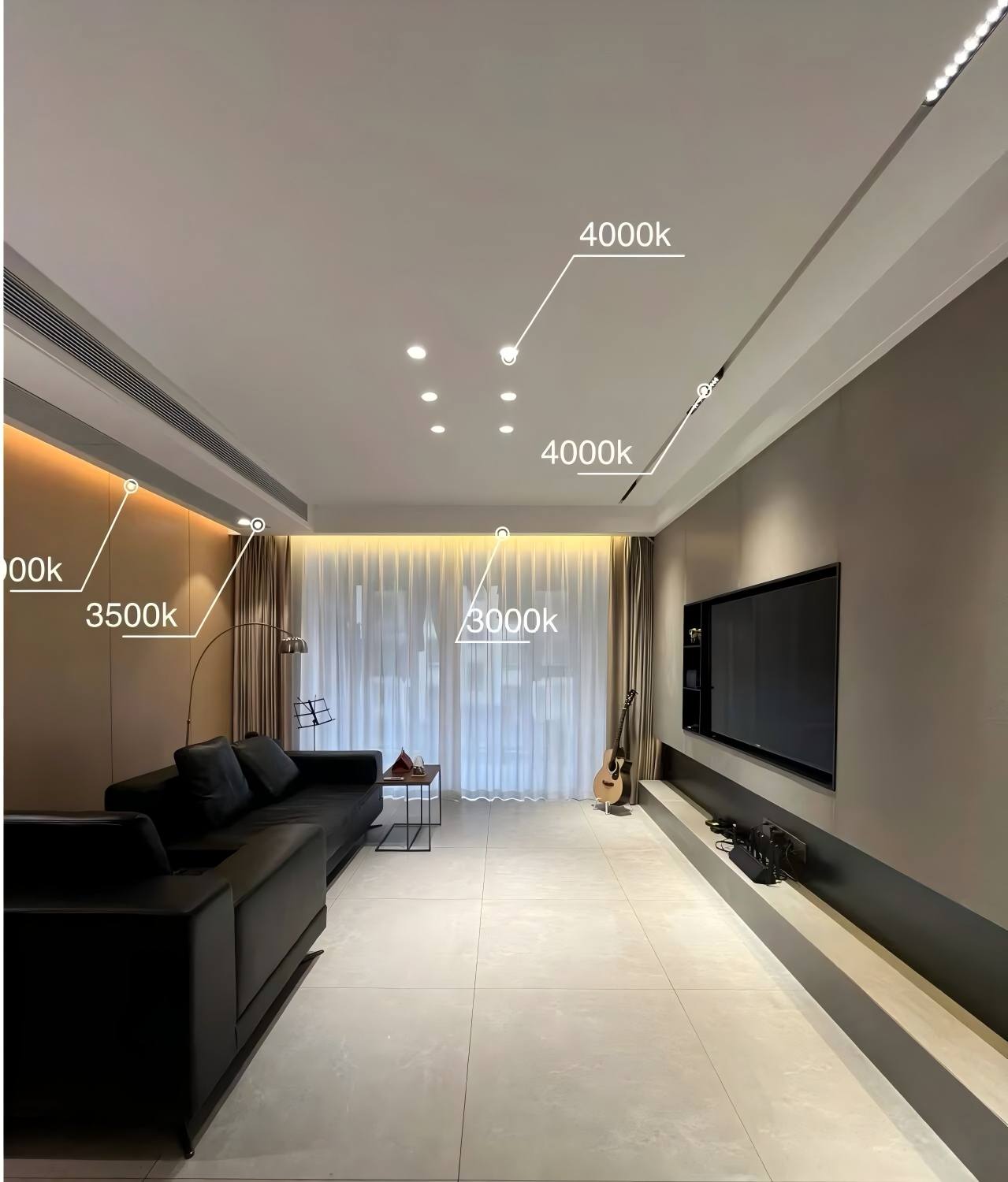
Step 3: Calculate the Right Lumen Count
Lumens measure brightness, so it’s important to choose the right number for your room size. Here’s a quick guide from Customize Lighting :
Small Rooms (100-200 sq ft): 400-800 lumens (e.g., bathrooms, small bedrooms).
Medium Rooms (200-300 sq ft): 800-1200 lumens (e.g., living rooms, kitchens).
Large Rooms (300+ sq ft): 1200-2000 lumens (e.g., open-concept spaces, garages).
For task areas (like desks or counter tops), add an extra 200-400 lumens to ensure clarity.
Step 4: Check for Additional Features
Dimmability: Dimmable LEDs let you adjust the brightness to suit different activities. Look for bulbs labeled “dimmable” and make sure they’re compatible with your dimmer switch.
Waterproof Rating: For bathrooms, kitchens, or outdoor spaces, choose LEDs with an IP65 rating (waterproof) or IP67 rating (submersible).
Smart Features: Smart LEDs (like Philips Hue or Lutron) let you control the color temperature and brightness via an app or voice command. This is a great option if you want to switch between soft white and daylight light depending on the time of day.
Step 5: Test Before You Buy
If possible, test a bulb in your space before purchasing multiple. Many hardware stores let you sample LED bulbs, or you can buy one bulb to try at home. This will help you see how the light looks in your room’s natural light and with your decor.
FAQs
Q1: Is soft white or daylight better for your eyes?
A1: It depends on the activity. Soft white light is better for extended relaxation (like reading before bed) because it’s gentle on the eyes. Daylight light is better for tasks (like cooking or working) because it reduces eye strain by providing clear, bright illumination. Avoid using bright daylight light for long periods in dark rooms, as this can cause fatigue.
Q2: Can I use daylight LEDs in a bedroom?
A2: Daylight LEDs are not ideal for bedroom ambient lighting, as their bright, blueish light can suppress melatonin production and disrupt sleep. However, you can use a small daylight LED task light on your dresser for morning grooming (like styling hair or applying makeup). Just make sure to turn it off at night.
Q3: Are daylight LEDs more energy-efficient than soft white LEDs?
A3: Daylight LEDs often have a slightly higher lm/W ratio (e.g., 120 lm/W vs. 110 lm/W for soft white), but the difference in energy consumption is minimal. For most homes, the cost savings will be negligible—so choose based on ambiance and functionality, not just efficiency.
Q4: Can I mix soft white and daylight LEDs in the same fixture?
A4: No, mixing soft white and daylight LEDs in the same fixture will create an uneven, unflattering glow. Instead, use each type of light in separate fixtures (e.g., daylight under-cabinet lights and soft white pendant lights in a kitchen).
Q5: How long do soft white and daylight LEDs last?
A5: Both types typically last 50,000-75,000 hours, which is about 5-7 years if used 4 hours a day. Leading brands like Vorlane and MK Lights offer 5-10 year warranties, so you can trust that your bulbs will last.
Q6: What’s the difference between cool white and daylight LEDs?
A6: Cool white LEDs (3500K-4500K) emit a neutral white light that’s between soft white and daylight. Daylight LEDs (5000K-6500K) emit a brighter, more blueish light that mimics natural sunlight. Cool white is a good middle ground for spaces like bathrooms or hallways, while daylight is better for task-oriented areas.
Conclusion: Choosing the Right Light for a Happier, More Functional Space
At the end of the day, the choice between soft white and daylight LEDs comes down to your space’s purpose, your decor, and your personal preferences. There’s no “one-size-fits-all” answer—soft white is perfect for creating cozy, relaxing spaces, while daylight is ideal for task-oriented areas where clarity and focus are key.
By following the tips in this guide, you can transform every room in your home or office into a space that feels comfortable, functional, and uniquely yours. Whether you’re upgrading your kitchen lighting, revamping your home office, or simply replacing old bulbs, remember: the right light can make all the difference.
Ready to start shopping? Look for trusted brands,they offer high-quality soft white and daylight LEDs with warranties to ensure long-term satisfaction. And don’t be afraid to mix and match—with a little creativity, you can create a lighting scheme that’s both beautiful and functional.
